Are you looking to make a meaningful impact in your community? Crafting the perfect letter to request charity donations can be a game-changer for your cause. It's all about connecting with potential donors and showing them how their contributions can bring about real change. Join us as we explore effective tips and templates to help you inspire generosity in othersâread on to unlock the secrets of successful fundraising!
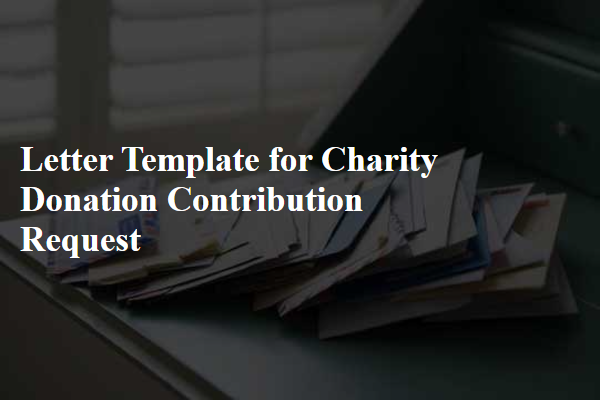
Clear Purpose Statement
Charity organizations often seek monetary donations to fund impactful programs. A clear purpose statement communicates the specific goals and mission of the charity, illustrating the importance of contributions. For example, a local food bank may emphasize the need to combat food insecurity in its community, highlighting statistics such as over 12% of households affected. With rising costs of living, the organization may aim to provide nutritious meals to 5,000 families each month. Clear purpose statements help potential donors understand how their contributions will directly benefit individuals in need, fostering a stronger connection and encouraging generosity. Communication of these details can increase the likelihood of donations, supporting vital community services.
Emotional Appeal
Charity organizations often rely on the generosity of individuals to support their missions and outreach efforts. Emotional appeals play a crucial role in connecting with potential donors. For instance, organizations actively working to combat childhood hunger may highlight staggering statistics--over 17 million children in the United States face food insecurity daily. By sharing poignant personal stories from children in their programs, the charity can illustrate the profound impact of donations, such as providing nutritious meals. These narratives can evoke empathy, emphasizing how a mere donation of $50 can feed a child for an entire month. Setting their objective within a specific community, like Harlem, New York, or using visuals of before-and-after scenarios can further strengthen the appeal. Ultimately, each donation contributes to a larger goal: eradicating hunger and ensuring every child has access to healthy food.
Impact Explanation
Charitable contributions significantly enhance the quality of life for underserved communities, directly impacting essential services. For instance, programs focused on education in urban areas like Chicago (often scoring below national averages) can receive funding to provide necessary resources such as textbooks or technology for students. Health initiatives in regions like Sub-Saharan Africa tackle diseases like malaria, with donations enabling the distribution of preventive measures, such as mosquito nets. Contributions towards food security programs, such as food banks in cities like Los Angeles, ensure that families receive nutritious meals, combating hunger effectively. Ultimately, every donation plays a crucial role in creating sustainable change across various societal issues.
Call to Action
Nonprofit organizations rely heavily on donations to support their missions and help communities. Many charitable causes, such as food banks, animal shelters, and educational programs, benefit from contributions. For instance, in 2022, the National Food Bank Network distributed over 6 billion meals to families in need across the United States. Donors can make a profound impact through one-time gifts or recurring donations; with an average online donation of $128, even small contributions can collectively fund vital services. Events like Giving Tuesday (the first Tuesday after Thanksgiving) inspire generosity, raising millions for various charities. Community involvement not only enhances the support network but creates a culture of kindness and compassion. Engaging in philanthropic efforts fosters a sense of belonging and purpose, ultimately driving social change.
Contact Information
Fundraising campaigns often require clear communication regarding donation contributions needed to support nonprofit initiatives. Including essential contact information such as phone numbers, email addresses, and social media handles ensures potential donors can easily reach out for inquiries or assistance. Providing a specific contact person, along with their role within the organization, helps personalize the request and builds trust. Additionally, including local or regional event details, such as upcoming fundraising galas, community outreach programs, or volunteer opportunities, can encourage donors to engage further with the cause. Clear, accessible contact methods can facilitate better donor relationships and increase the likelihood of contribution.
Letter Template For Charity Donation Contribution Request Samples
Letter template of charitable contribution request for community support
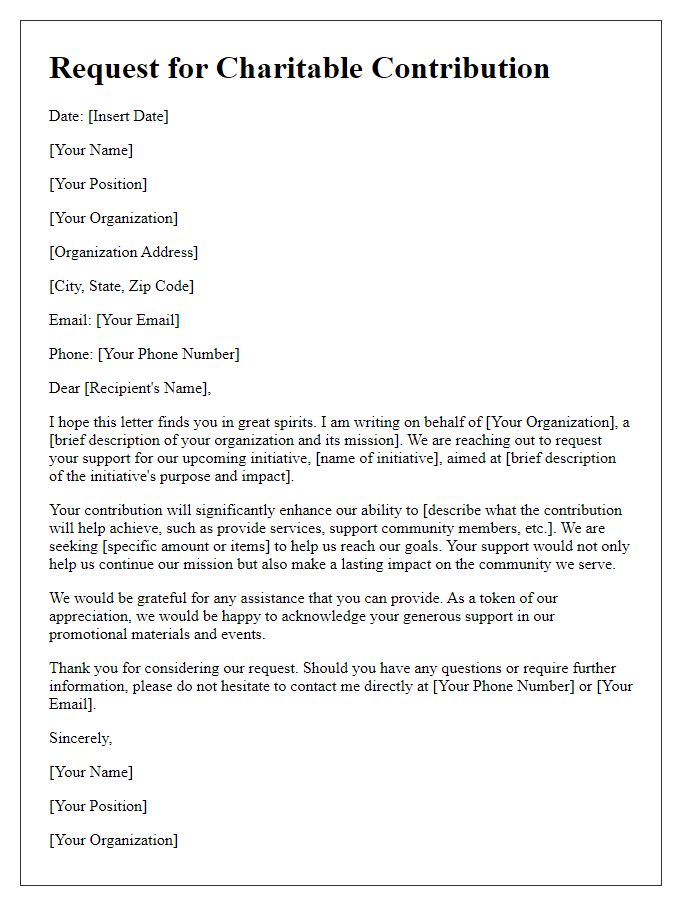

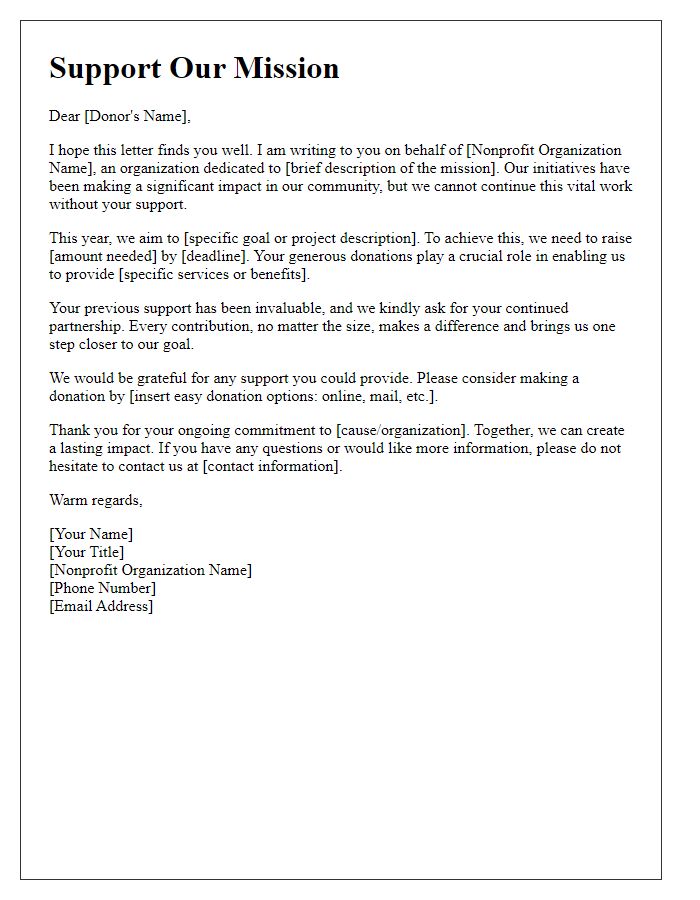
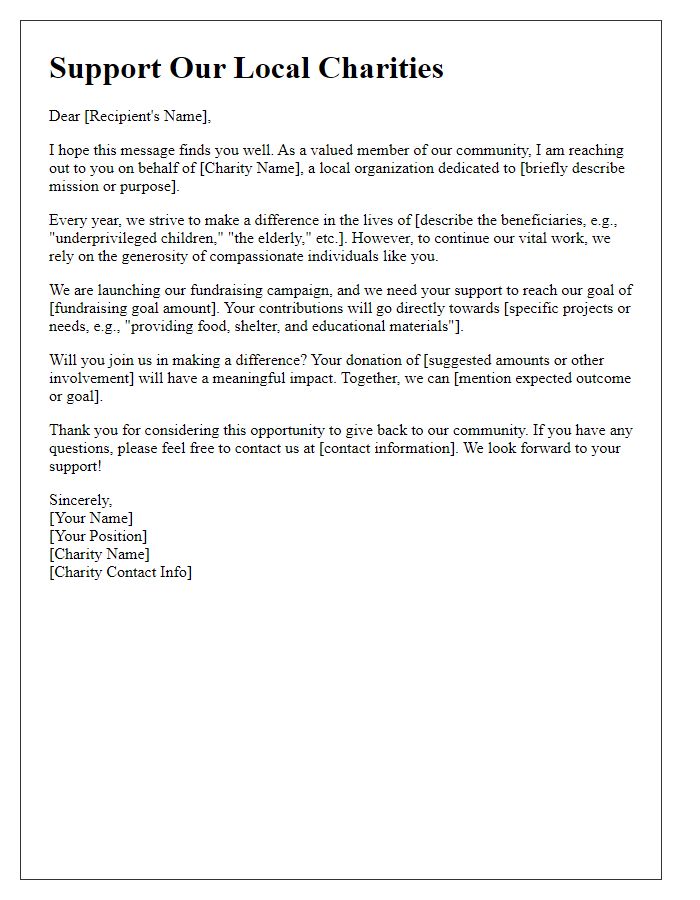
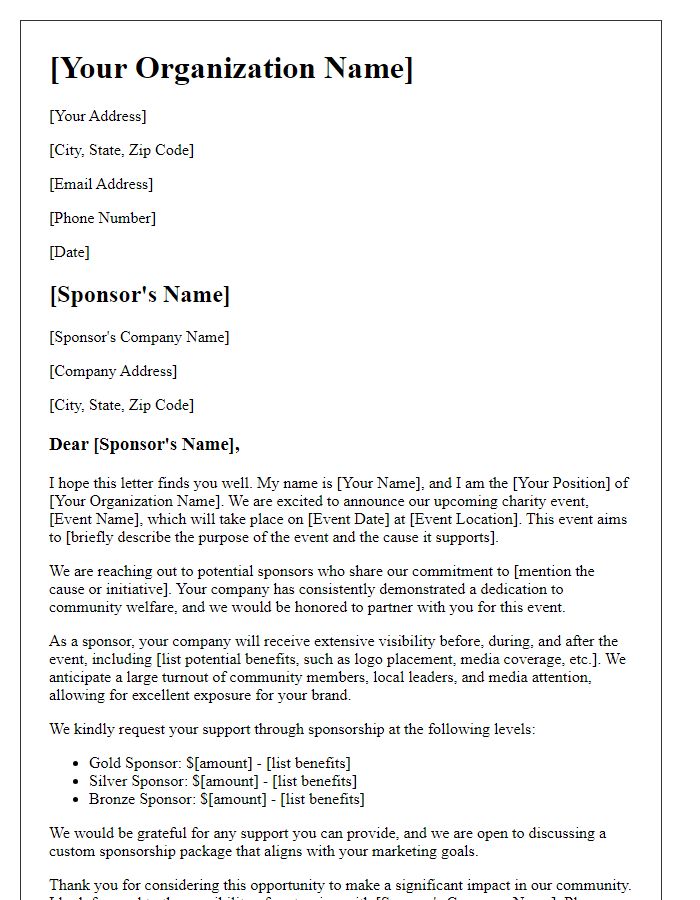
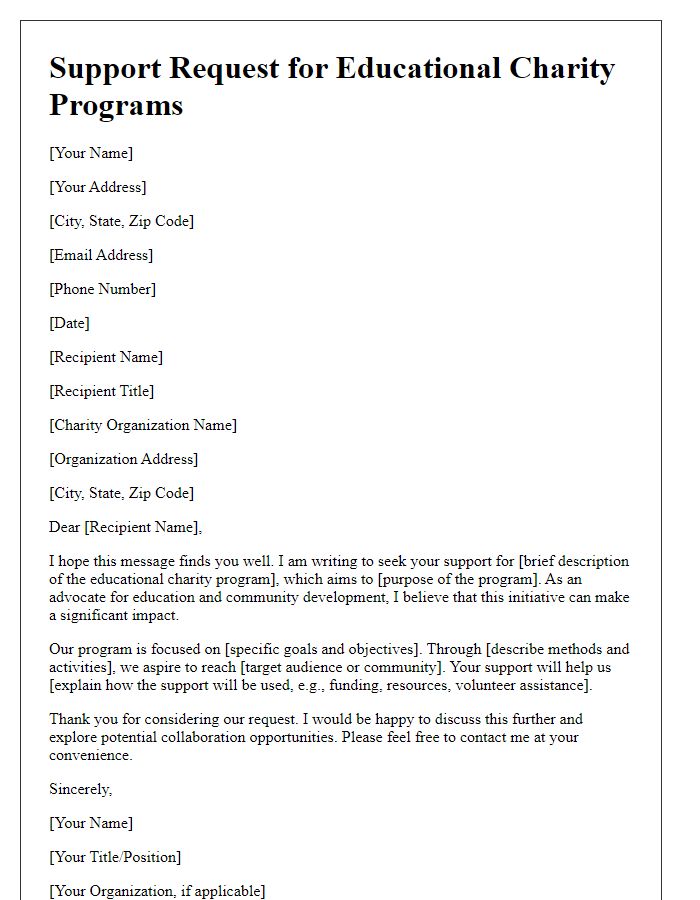
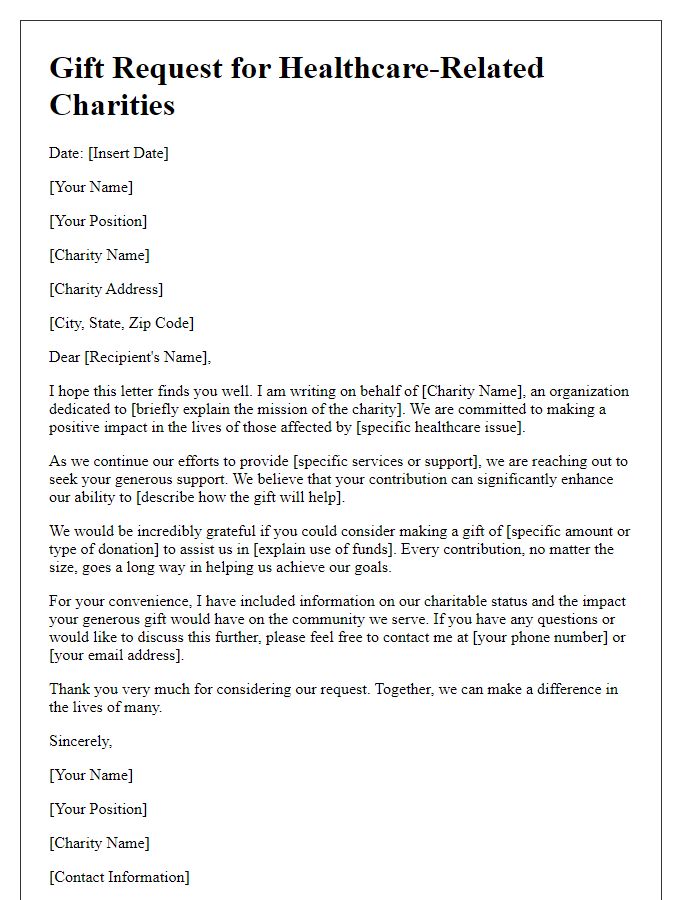
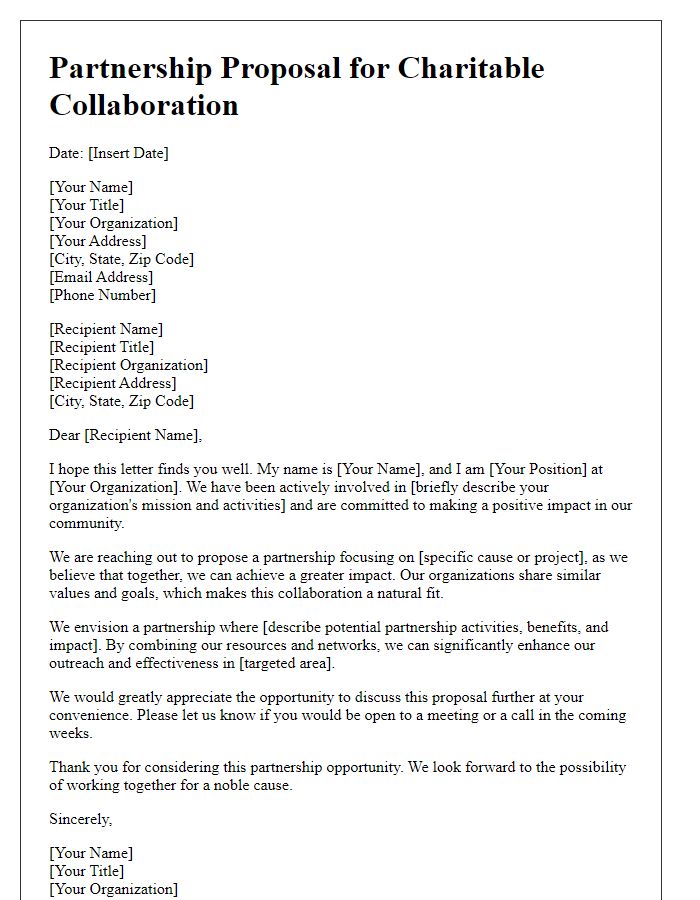
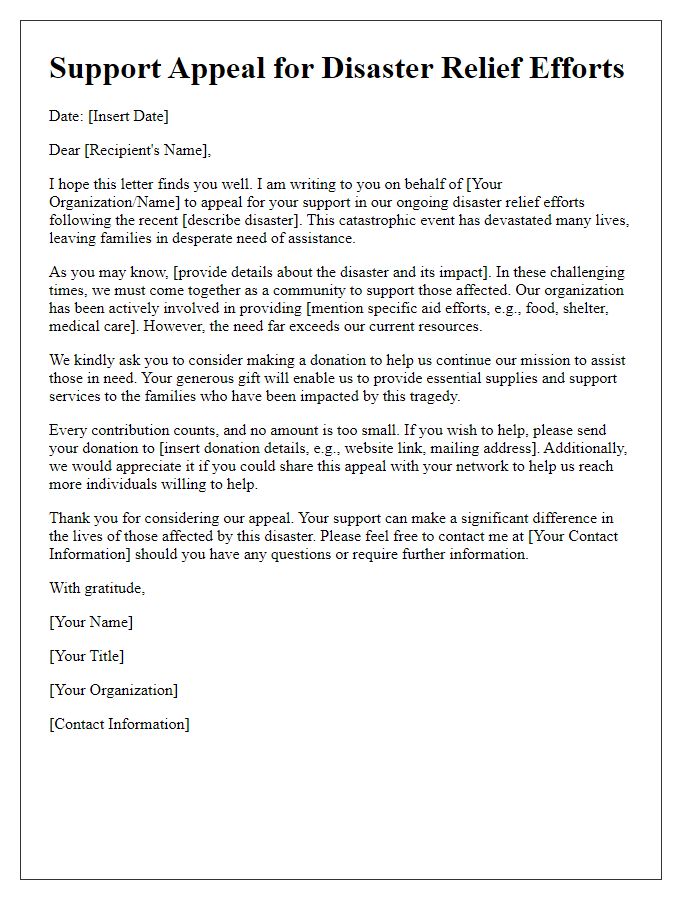
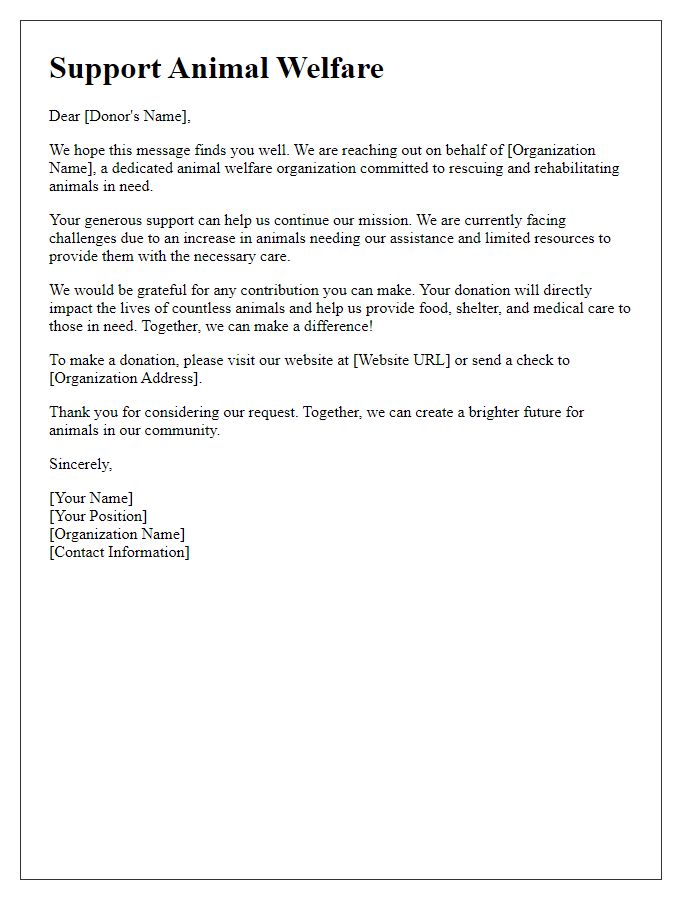
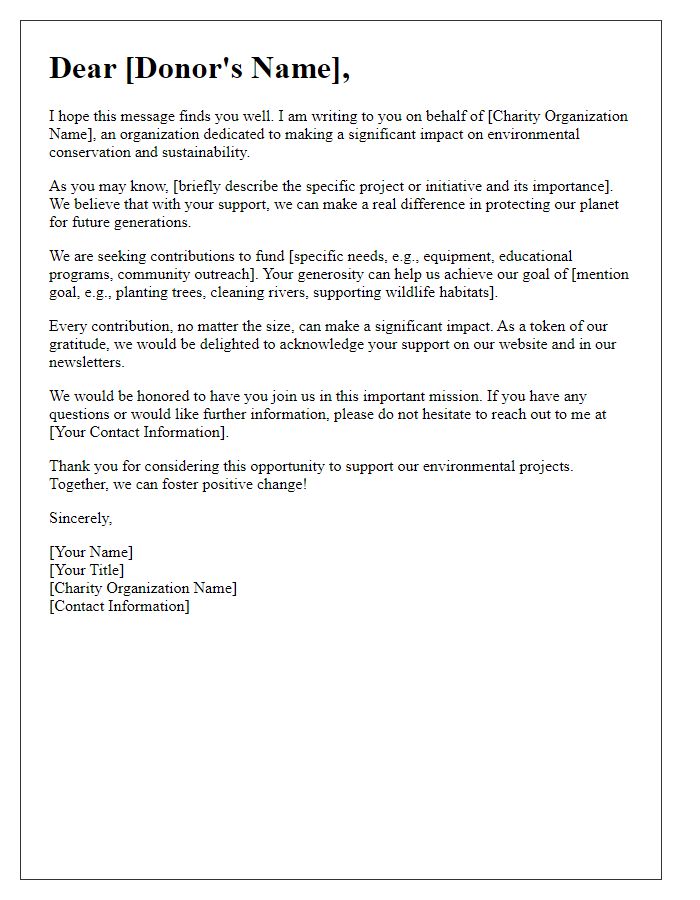


Comments